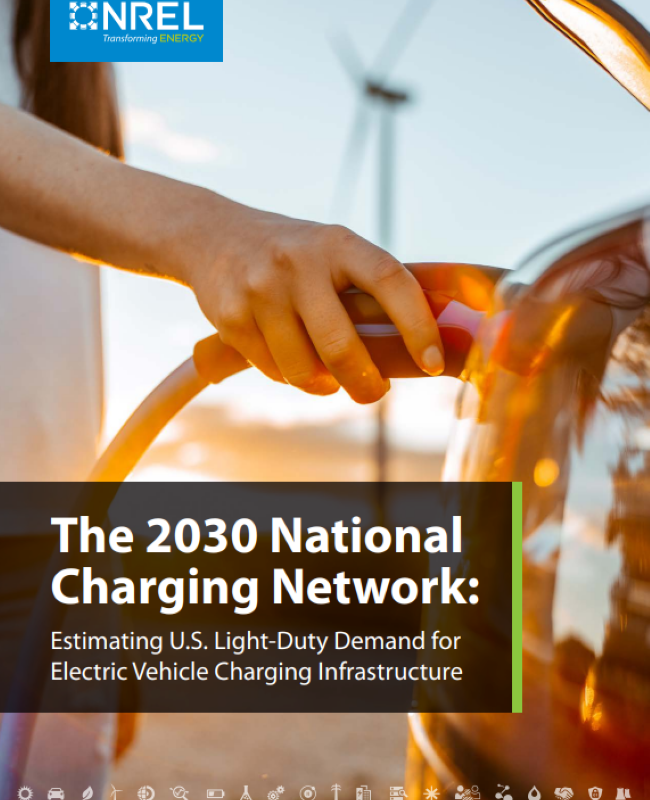Nearly 70 years ago, the United States began construction on the Interstate Highway System, setting in motion an effort that has been called the greatest public works project in American history. Now, the country’s next great public works project is underway: an electric vehicle (EV) charging network that will reach the farthest corners of the nation, helping to make convenient, reliable, and affordable charging a reality for all Americans.
But while plans for the nation’s highways began with a booklet of paper maps, plans for the national EV charging network are leveraging data models and high-performance computing to draw the contours of the nation’s infrastructure needs. These plans will be shaped by a seminal study from the National Renewable Energy Laboratory (NREL), which has been at the forefront of assessing EV charging needs and developing state-of-the-art analytical tools for over a decade.
In the study, researchers estimated the number, type, and location of chargers needed to create a comprehensive network of EV charging infrastructure, one that can support an anticipated 30–42 million EVs on the road by 2030.
Preview the report here:
 Loading...
Loading...
More About this Resource
Publisher: NREL
Date: July 17, 2023
Type: Research Reports
Countries: United States
States: None
